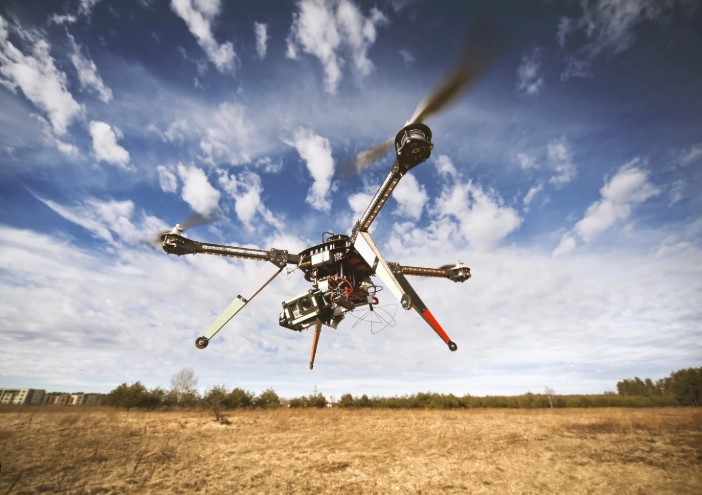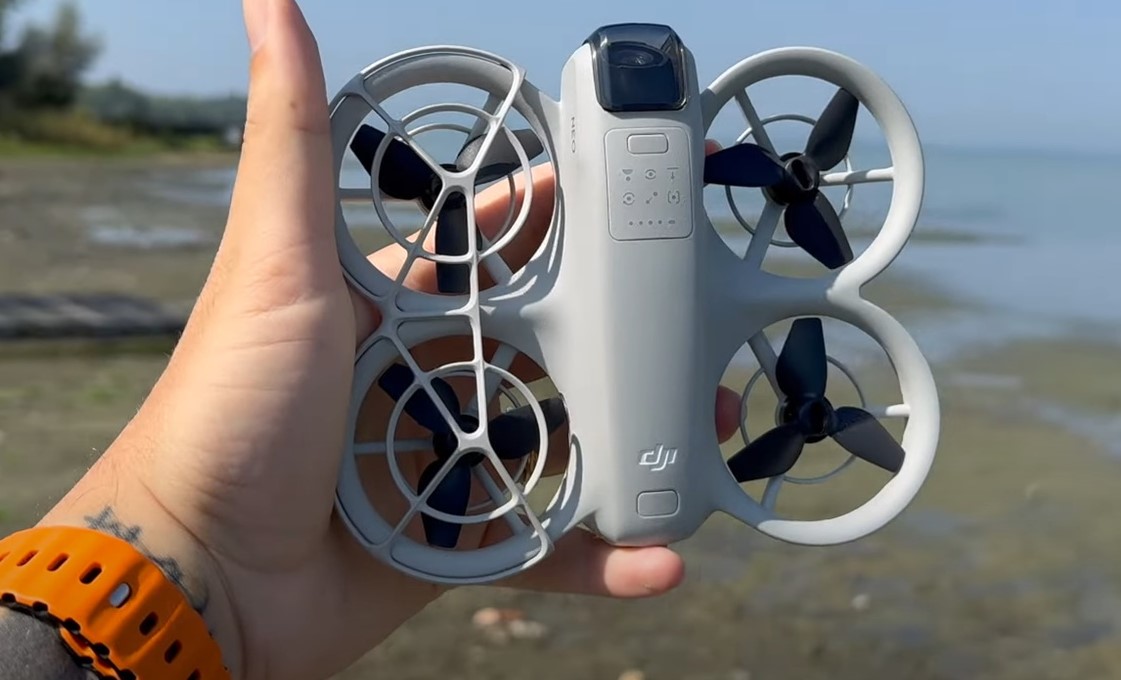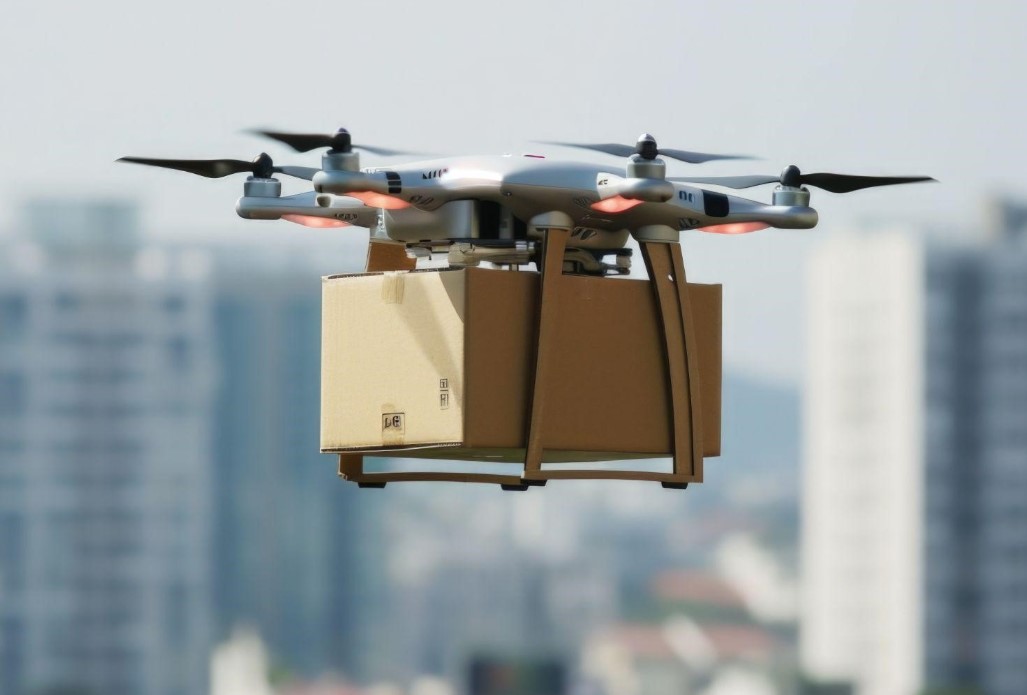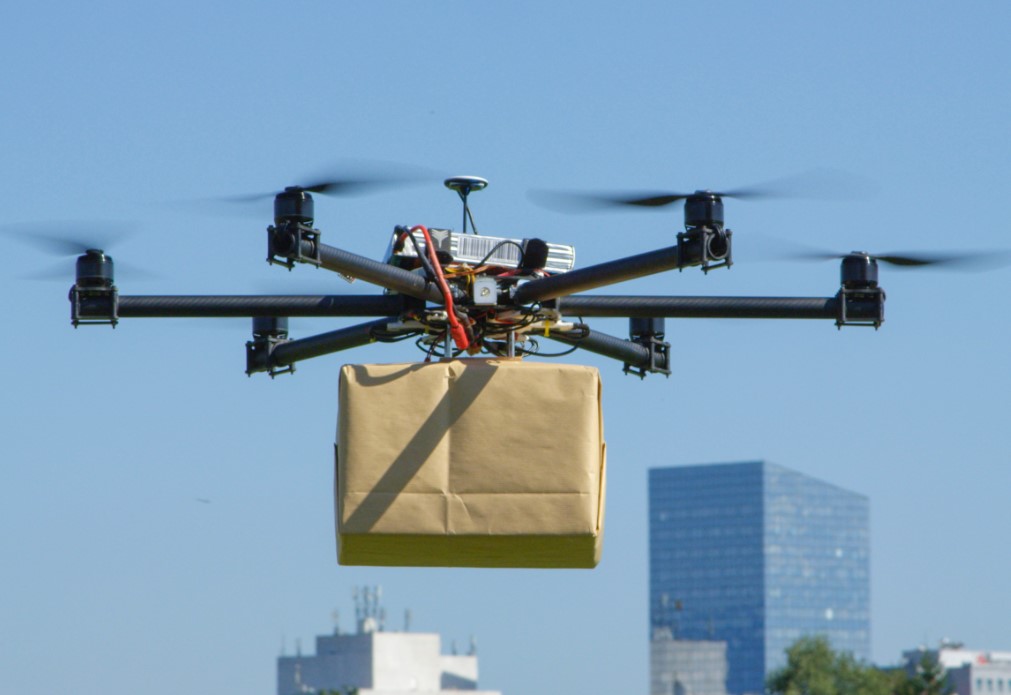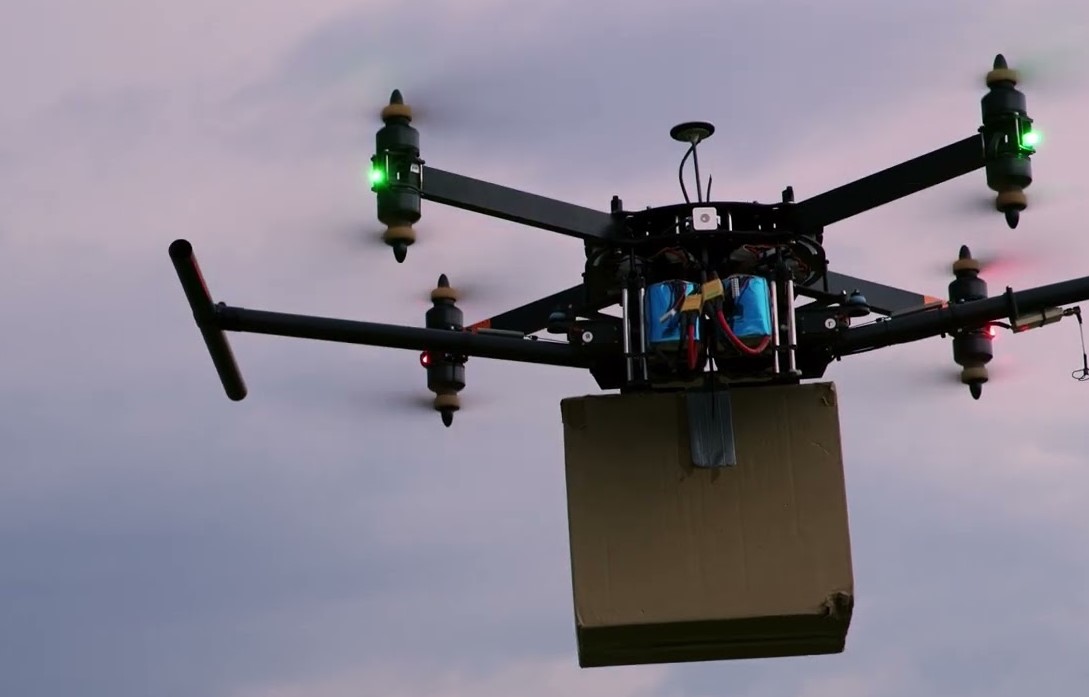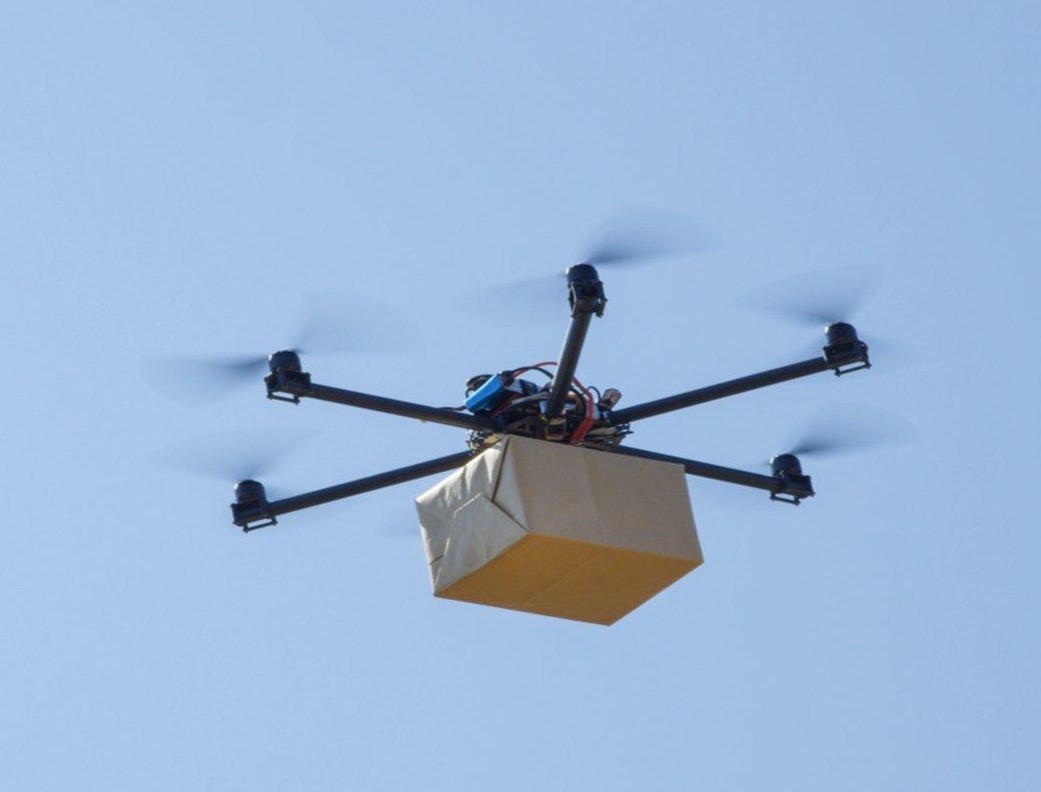In recent years, drone delivery has transitioned from futuristic speculation to a viable solution for logistics and transportation. Driven by technological advancements and the need for faster, more efficient delivery systems, drones are rapidly changing how businesses deliver goods and services. But how does drone delivery work, and what makes it such a promising technology? In this comprehensive guide, we will explore the inner workings of drone delivery systems, their benefits, challenges, and future prospects. Follow ftvbest.com !!!
What is Drone Delivery?
Drone delivery refers to the use of unmanned aerial vehicles (UAVs), commonly known as drones, to transport packages or goods from one location to another. Unlike traditional delivery methods that rely on trucks, vans, or human couriers, drone delivery leverages autonomous or semi-autonomous flying robots to complete last-mile deliveries.
The concept originally gained traction as companies like Amazon, Google (through its Wing project), and UPS began experimenting with drone delivery systems to reduce delivery times, especially for lightweight packages. Today, drone delivery has been successfully implemented for medical supplies, food, retail goods, and even emergency relief.

Key Components of Drone Delivery Systems
Several technological components and systems are integrated to make drone delivery feasible:
- Hardware:
- Drone Body: Lightweight materials like carbon fiber are used to maximize efficiency and durability.
- Propulsion System: Most delivery drones use electric motors powered by lithium-ion batteries, ensuring quiet and eco-friendly operation.
- Payload Mechanism: Drones are equipped with compartments or hooks to securely carry packages, typically weighing between 2 to 5 kilograms.
- Navigation and Control:
- GPS and Mapping: High-precision GPS systems enable drones to follow pre-programmed routes and reach their destinations accurately.
- Autonomous Systems: Advanced algorithms and artificial intelligence allow drones to make real-time decisions, such as avoiding obstacles and adapting to weather changes.
- Communication Systems:
- Remote Piloting: Although drones are largely autonomous, operators can manually intervene if needed.
- Connectivity: Reliable communication channels, such as cellular networks or satellite links, ensure uninterrupted data exchange between the drone and its control systems.
How Does Drone Delivery Work?
Drone delivery is a multi-step process that combines advanced technologies like GPS, artificial intelligence, sensors, and automation. Here’s a breakdown of how drone delivery works:
Order Placement and Processing
The process begins when a customer places an order through an app or website. The order is processed by the logistics system, which identifies whether the delivery is suitable for drone transportation. Factors such as package weight, size, and delivery distance are considered at this stage.
Package Preparation
Once approved for drone delivery, the goods are securely packed into a lightweight, aerodynamic container designed to fit the drone’s specifications. The packaging ensures the item is protected during transit while maintaining minimal weight to maximize the drone’s efficiency.
Loading the Drone
The prepared package is loaded onto the drone, either manually or through automated systems. Drones are typically equipped with a cargo hold or a hook mechanism to carry the payload.
Flight Path Mapping
Before the drone takes off, the logistics software calculates the most efficient flight path to the delivery location. This relies on GPS navigation systems, real-time weather data, and airspace traffic information to ensure a smooth and safe journey. Some advanced systems also incorporate geofencing to prevent drones from flying into restricted areas.
>>> Read More: Is Drone Delivery Legal in the USA?
Takeoff and Autonomous Flight
Once the flight path is determined, the drone takes off autonomously. Most delivery drones use rotor-based designs (similar to helicopters) to achieve vertical takeoff and landing (VTOL). VTOL drones are ideal for urban environments as they do not require runways.
The drone’s onboard sensors, cameras, and navigation systems work together to guide the vehicle. Technologies such as LiDAR (Light Detection and Ranging) and computer vision allow the drone to detect and avoid obstacles like buildings, trees, and power lines.
Real-Time Monitoring
During the flight, the drone is continuously monitored by a central control system or operator. This ensures the UAV stays on course, and any issues, such as adverse weather or technical malfunctions, can be addressed promptly.

Delivery Mechanism
Upon reaching the delivery location, drones typically use one of the following methods to drop off the package:
- Landing Delivery: The drone lands at a designated spot (e.g., in a backyard, rooftop, or driveway) and releases the package.
- Hover and Drop: The drone hovers above the delivery point and lowers the package using a tether or winch system. Once the package reaches the ground safely, it is detached, and the drone flies back.
Advanced technology ensures the drone delivers the package precisely to the recipient’s location, even in complex environments.
Return to Base
After completing the delivery, the drone returns to its home base or charging station. Some delivery systems are equipped with battery-swapping stations to minimize downtime.
Advantages and disadvantages of drone delivery
Benefits of Drone Delivery
Drone delivery offers significant advantages over traditional delivery methods:
- Speed and Efficiency
Drones can bypass road traffic and take direct routes, significantly reducing delivery times. This is particularly valuable for urgent deliveries, such as medical supplies or food orders.
- Cost-Effectiveness
By reducing fuel costs, labor expenses, and vehicle maintenance, drone delivery can be more economical, especially for lightweight packages.
- Environmentally Friendly
Drones are powered by electric batteries, producing zero emissions during flight. This makes drone delivery a more sustainable alternative to gas-powered delivery vehicles.
- Accessibility
Drones can reach remote or hard-to-access areas, such as rural villages, mountains, or disaster-stricken zones, where traditional delivery methods may struggle.
- Contactless Delivery
In a post-pandemic world, drone delivery offers a safe, contactless way to receive goods, reducing human interaction and minimizing health risks.
Challenges of Drone Delivery
Despite its potential, drone delivery is not without challenges:
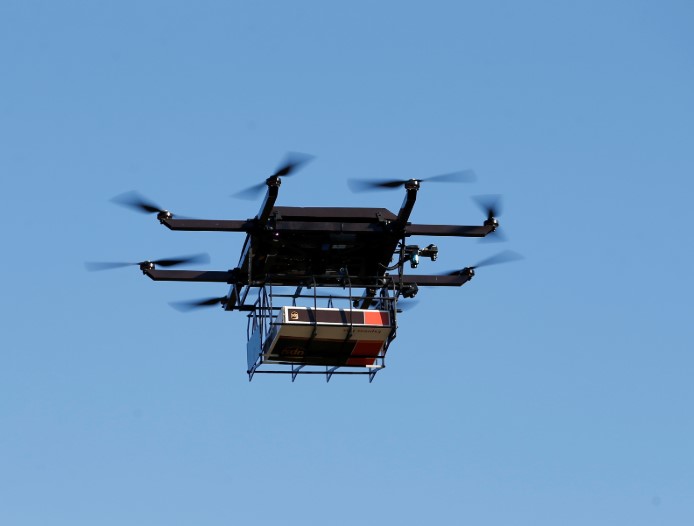
- Regulatory Hurdles
Governments and aviation authorities have strict regulations to ensure drone safety and privacy. For example, drones must adhere to altitude limits, restricted airspace, and flight permissions.
- Limited Payload Capacity
Most delivery drones can only carry lightweight packages, typically under 5 kilograms (11 pounds). This limits the range of goods they can deliver.
- Battery Life
Current drone batteries have limited flight durations, usually around 30 minutes. This restricts delivery distances and requires frequent recharging or battery swaps.
- Weather Constraints
Strong winds, heavy rain, and extreme weather conditions can disrupt drone operations, posing safety risks and reducing reliability.
- Public Perception and Noise Pollution
Drones can generate noise, which may disturb residential areas. Additionally, concerns about privacy and safety can create resistance to widespread adoption.
>>> Read More: Is Drone Delivery Legal In Canada?
The Future of Drone Delivery
The future of drone delivery looks promising as technology continues to evolve. Companies are investing in improvements such as:
- Enhanced Battery Technology: Longer-lasting batteries will increase range and efficiency.
- Artificial Intelligence Integration: AI advancements will make drones smarter, safer, and more autonomous.
- Urban Air Traffic Management: Governments and companies are working on systems to manage drone traffic in crowded airspaces.
- Payload Expansion: Future drones may be capable of carrying heavier packages for a wider range of deliveries.
As infrastructure, regulations, and technology align, drone delivery is expected to become a mainstream solution for last-mile logistics.
Conclusion
So, how does drone delivery work? It is a sophisticated process that combines advanced technologies like GPS, AI, and automation to deliver packages quickly, efficiently, and sustainably. While challenges such as regulations, battery life, and public perception remain, the benefits of drone delivery—speed, cost-effectiveness, and accessibility—make it a game-changing innovation in logistics.
As technology progresses, drone delivery has the potential to transform supply chains, reduce carbon footprints, and revolutionize how we receive goods. Whether for urban deliveries or emergency relief in remote areas, drones are paving the way for a faster, smarter future.
